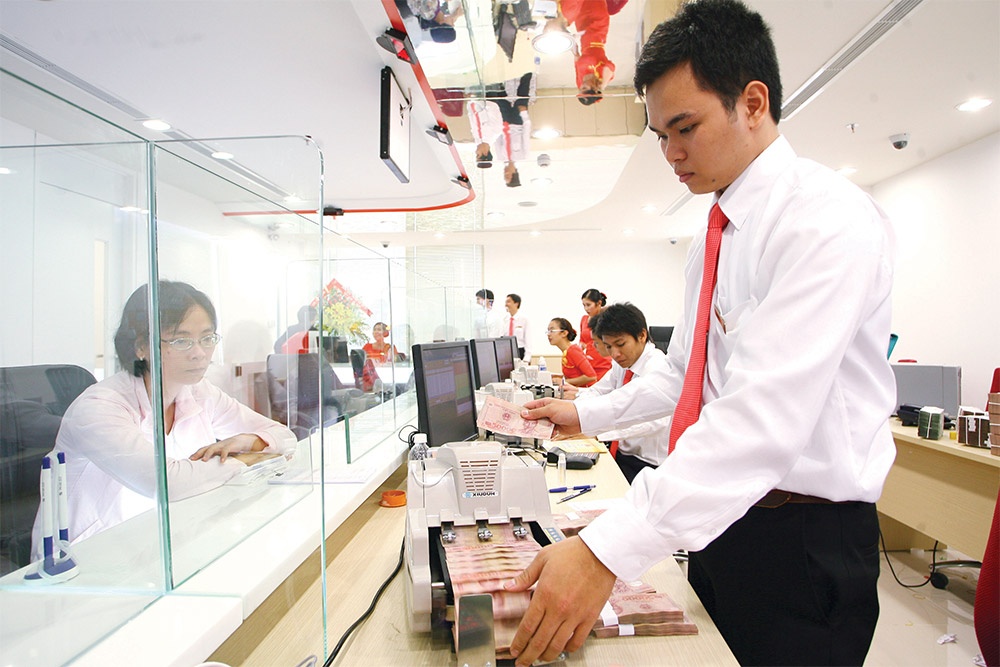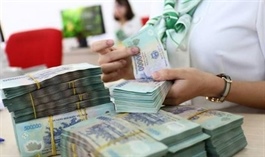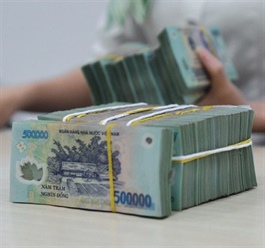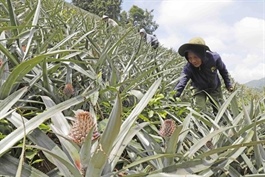Rebuilding lives a priority in aftermath of Typhoon Yagi
Rebuilding lives a priority in aftermath of Typhoon Yagi
In the wake of Typhoon Yagi, addressing the tragic consequences and rebuilding efforts has become paramount, with crucial bank support and strategic advice from industry experts guiding the process.

Hoang Van Sy, director of SHB’s Lao Cai branch, revealed that the typhoon had caused significant damage to both the lives and property of SHB clients, with households and businesses bearing the brunt of the destruction. Following the storm, SHB sent staff to assess the damage and report back to management.
In response to calls from the government and the State Bank of Vietnam to aid recovery, SHB swiftly implemented a support programme for affected households and businesses.
“As part of this initiative, SHB will cover 50 per cent of interest payments from September 1 to December 31. For customers facing substantial losses, SHB may offer interest exemptions for the final four months of the year, depending on their level of damage. This is direct, immediate support for affected businesses and customers,” Sy said.
In addition, SHB introduced a special lending rate of 4.5 per cent per year for new loans to those impacted by the disaster.
Nguyen Tat Anh, acting CEO of Nam Luc hydropower plant in Lao Cai province severely affected by the typhoon, said that SHB Lao Cai has reduced the plant’s interest payments by 50 per cent, equating to over $416,000 through the end of the year, with half of this amount already reduced as of September.
Typhoon Yagi caused a landslide that buried Nam Luc’s administration building, leading to the tragic deaths of five employees. Rising river waters further exacerbated the situation, flooding the plant and making it inoperable.
“The extent of the storm’s destruction is vast. The estimated damage to our assets and infrastructure exceeds $4.1 million, not including operational downtime and lost revenue,” Anh said.
Nguyen Ba Hung, who is the principal country economist from the Asian Development Bank (ADB) in Vietnam, noted that Typhoon Yagi had severely impacted northern mountainous regions already struggling with economic growth. However, he highlighted the potential for recovery efforts to serve as an opportunity for improvement rather than mere restoration.
“Rebuilding efficiently could become a new driving force for development in these areas. In the short term, the state budget is the quickest way to mobilise resources. In the long term, developing markets such as insurance will enhance efficiency,” Hung said.
For the banking sector, Hung suggested that financial institutions could use short-term reserves to assist clients, but long-term strategies and products must be developed to better support those affected.
The International Monetary Fund advised that fiscal policy should take precedence, as there is still room to support economic recovery, while monetary policy has limited capacity to do so. It called on Vietnamese authorities to accelerate public investment, address bottlenecks, and expand social welfare networks to protect vulnerable groups.
It also recommended strengthening the fiscal framework, improving budgeting processes, and boosting revenue mobilisation to support Vietnam’s development goals in the medium term.
Preliminary government estimates put the damage from Typhoon Yagi at over $3.35 billion, with ongoing flooding and damage to factories, warehouses, and electrical infrastructure likely to continue affecting the region in the coming months.

























